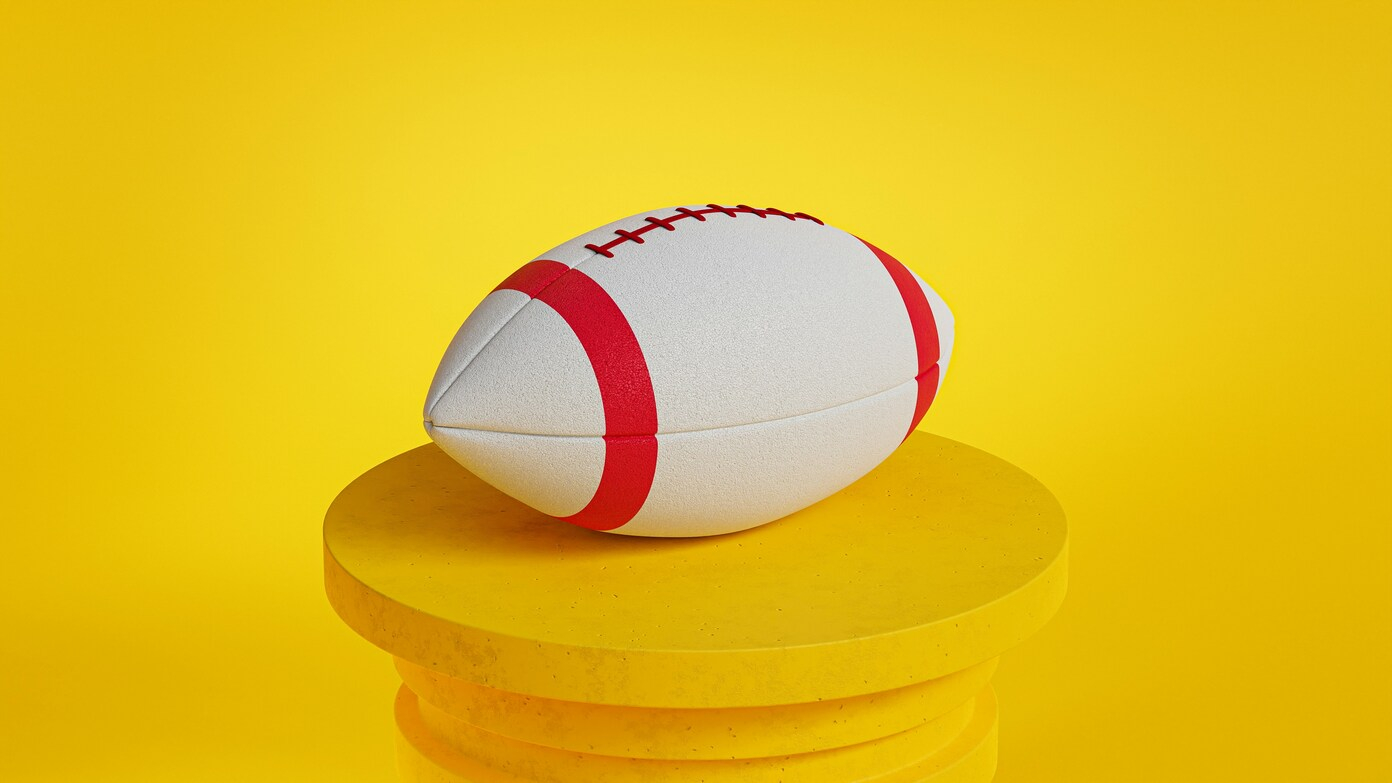On the eve of Super Bowl 59, it’s not just the Philadelphia Eagles and Kansas City Chiefs gearing up for a high-stakes game. So are advertisers readying for what can be argued to be the biggest night in marketing? With millions of dollars banking on a couple of seconds of screen time, companies are going big to snag a spot for the 2025 Super Bowl broadcast. So, why do brands continue to pay through their noses for this, and what makes a Super Bowl ad so valuable?
Super Bowl ad prices hit new heights
Advertisers are shelling out an average of $8 million for a 30-second commercial for this year’s 2025 Super Bowl, according to Peter Bray, founder of ad agency Bray & Co. That’s close to $1 million more compared to what brands paid for a similar slot in 2024, continuing the trend of steadily increasing Super Bowl ad costs. The price of running a 30-second commercial ran at about $7 million in 2023, which itself was a 55% increase from 2019.
Bray estimates that a total of 51 minutes of advertising will air during the three- to four-hour broadcast, reaping hundreds of millions of dollars in revenue. He thinks Super Bowl ad sales could eventually reach $1 billion, making it the most lucrative advertising event on the planet.
“In three years, it’s going to hit a billion dollars in ad sales,” Bray told CBS MoneyWatch. “That has never before happened on the planet. That is the immensity of this event.”
Yet, these rising costs don’t faze advertisers mainly because of the super audience in attendance at the Super Bowl. Over 120 million viewers will attend the 2025 game, airing on Fox and livestreaming for free on Tubi. This is such a captive audience that the Super Bowl is where brands are allowed to present their products in such a fashion that it stirs up buzz, conversation, and above all, sales.
Why do brands pay so much?
The Super Bowl isn’t only the biggest event in football’s also the biggest event in advertising. “It’s the advertising industry’s Super Bowl as well,” Bray said. “It’s the one time of year where the general public actually cares about advertising, so it’s an exciting time.”
And the value of those commercials has only been amplified in the age of social media, where advertising is fragmented across platforms like TikTok, Instagram, and YouTube. It’s rare for brands to be able to reach a truly mass audience all at once. But the Super Bowl provides that opportunity.
And they’re usually employing humor, emotion, and celebrities to make these cultural moments memorable in viewers’ minds. “Comedy can be a safe route for brands,” Bray noted. “You don’t want to divide your audience at all, so comedy makes sense. More celebrities are being used than ever.”
That figure can be anywhere from $50,000 for a brief cameo to millions of dollars for a starring role, depending on celebrity popularity. According to CNN, Ben Affleck made almost $10 million for his appearance in a Dunkin’ ad last year. The ad, also starring Jennifer Lopez, generated 7 billion impressions for Dunkin’ after running during the Super Bowl.
Since then, Dunkin’ has continued collaborating with Affleck on a multi-part campaign fronted by the rapper Ice Spice, followed up this year’s 2024 Super Bowl ad featuring “The DunKings,” a fictitious rap band featuring Affleck and Matt Damon with Tom Brady. This year, Dunkin’ returns for another marquee ad featuring Casey Affleck paired up with the “Succession” star Jeremy Strong.
“Ben Affleck is a great combination with Dunkin’,” Bray said. “Not because of him as an actor or director, but how he’s perceived in popular culture. Dunkin’ knows this … they’re connecting who these celebrities are as people rather than actors to the brand. And that makes for a really powerful ad.”
A history of big-budget Super Bowl ads
Super Bowl adverts have come a long way from when the first game was played in 1967. Advertisements during that period were a mere $37,500 on NBC and $42,500 on CBS for a 30-second time slot. Through the years, the advertisement prices continued to rise, passing the $1 million mark in 1995 and reaching $5 million in 2017.
The most expensive ad to air during the Super Bowl was Amazon’s “Mind Reader” commercial during Super Bowl LVI in 2022. Featuring real-life couple Scarlett Johansson and comedian Colin Jost, the 90-second commercial “cost $26 million to produce”, according to experience management site Qualtrics.
Super Bowl 2025 Commercial Costs Revealed: Prices Hit Record Highs
On the other extreme, the cheapest Super Bowl ad seems to be a 30-second ad from startup LifeMinders.com in 2000. With less than a $5,000 budget, this low-budget ad drove 700,000 visitors to the company’s website during the week following the game. But LifeMinders.com no longer exists.
The price is steep, but Super Bowl ads remain the holy grail of marketing. With millions of viewers, possible viral social media, and an opportunity to impact culture, for advertisers, it’s well worth the price of admission. And so long as brands keep trying to outdo themselves creatively, Super Bowl commercials will probably remain one of the most highly anticipated parts of the big game for years to come.
